Chapter 2 is a case study of an organisation that is a category leader in its field and approached us with a familiar and painful problem.
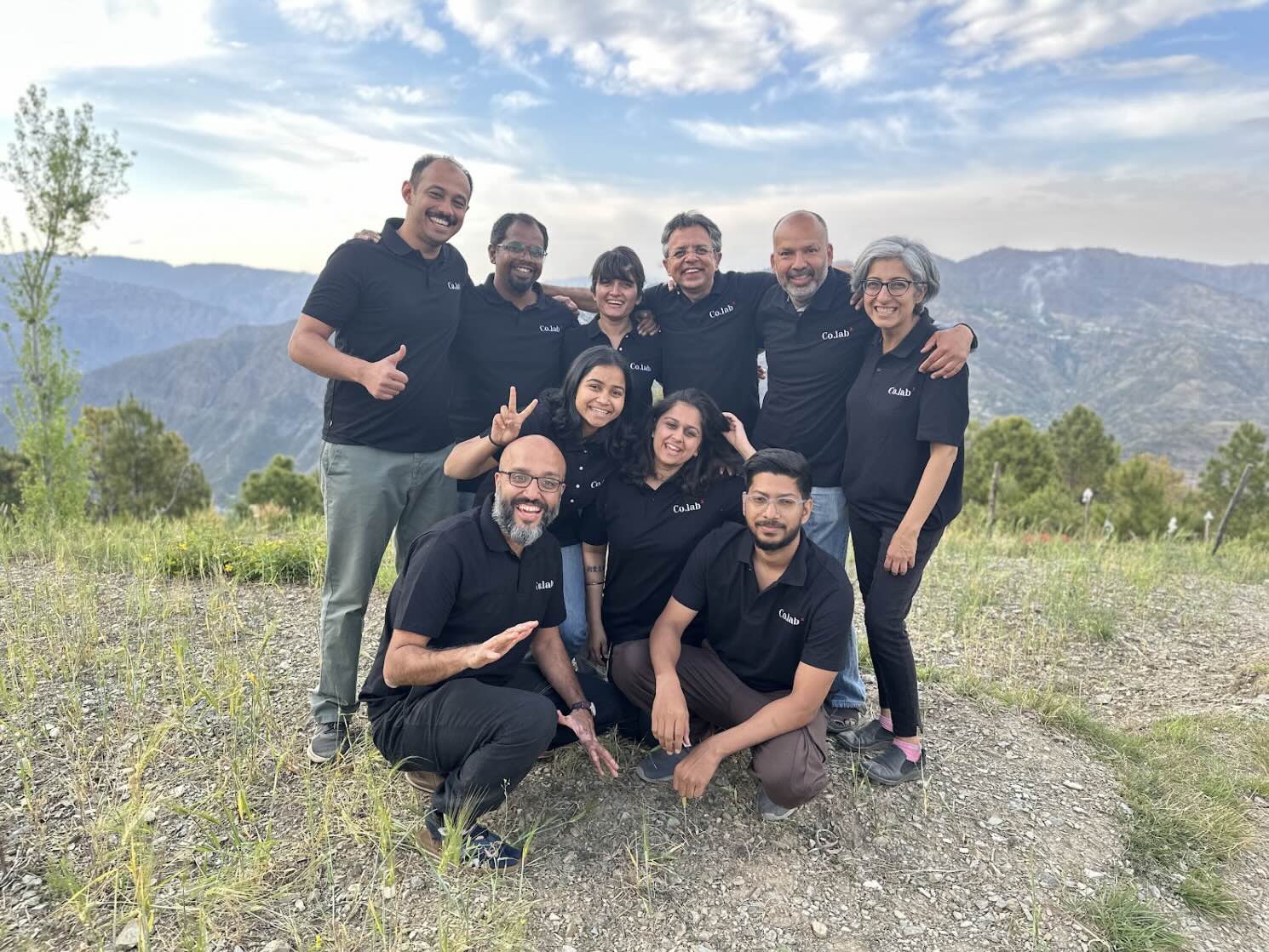
The Problem:
This organisation has expanded rapidly in the last 2 years.
They had prioritised grooming homegrown talent into leadership positions. This group had recently stepped into leadership roles. However, the feeling within the group was that they needed the next level of leadership skills to deliver results in their new roles. Some of them were even contemplating leaving or taking a break and going for an MBA to fill these gaps!
Then there was this smaller group of people who had joined the organisation straight at the leadership level. These folks were struggling to adapt and lead effectively in this new context.
This dual leadership crisis was a significant challenge for the organisation’s stability and future growth.
What did we do?
1. We picked the 7 most important habits for them.
2. We went deep -The group practiced one habit per month.
3. The team followed this micro-practice cycle👇 to practice the habit.
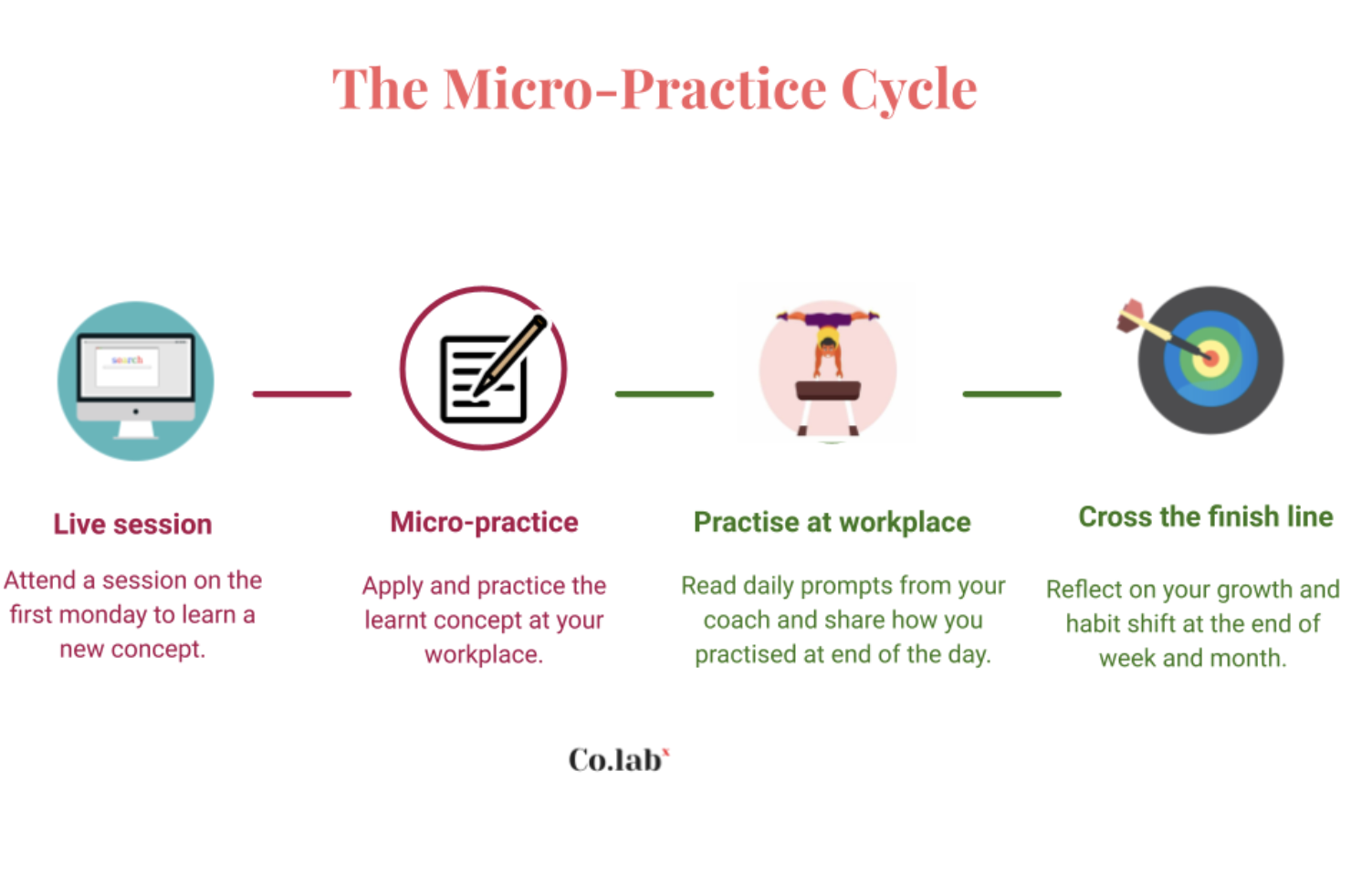
Ok, so what changed?
We observed significant shifts at 3 levels :
1. Individual level :
The managers who adhered to the micro-practice experienced significant shifts like 👇
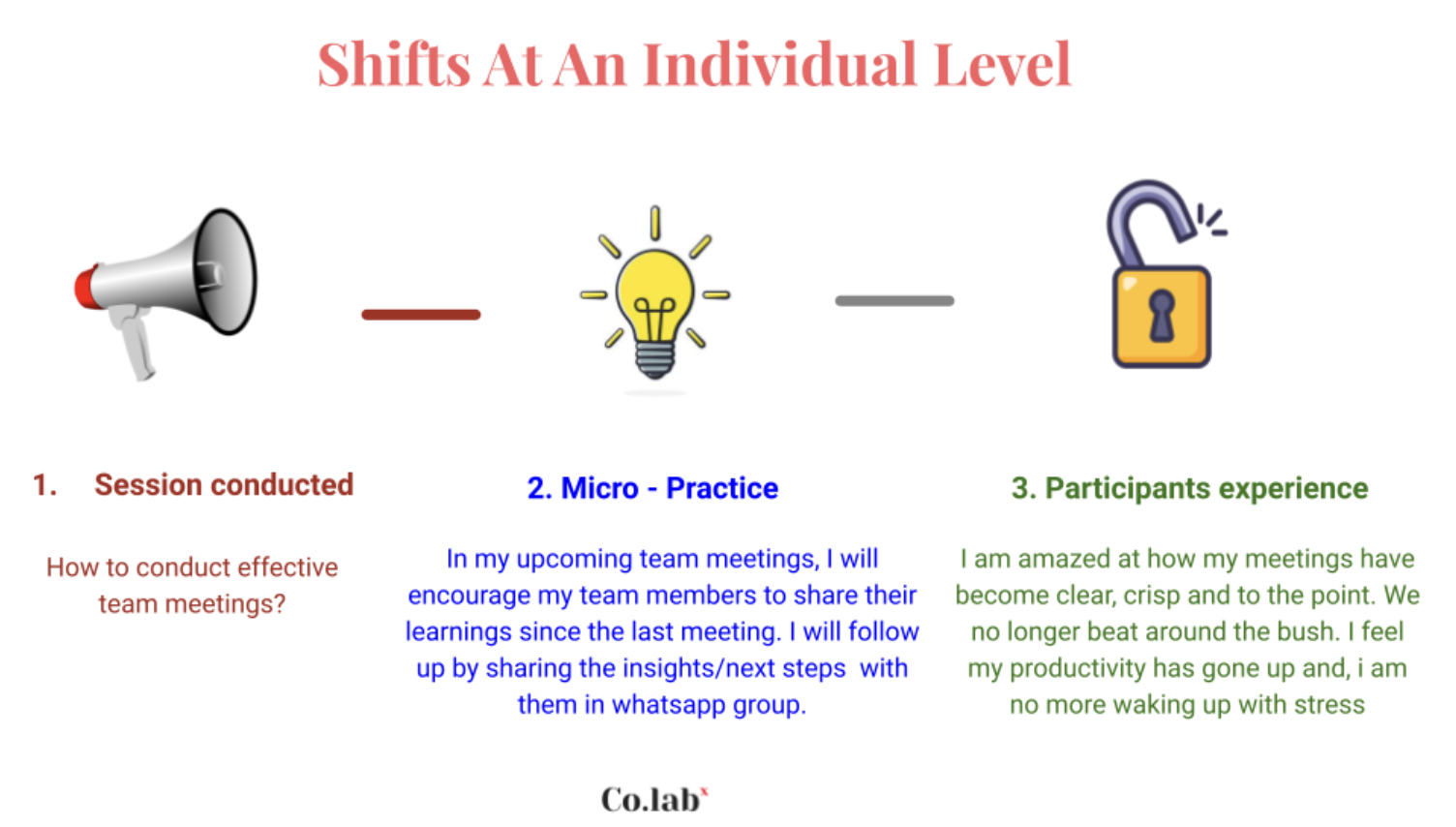
2. Team level :
This is how it impacted a team 👇
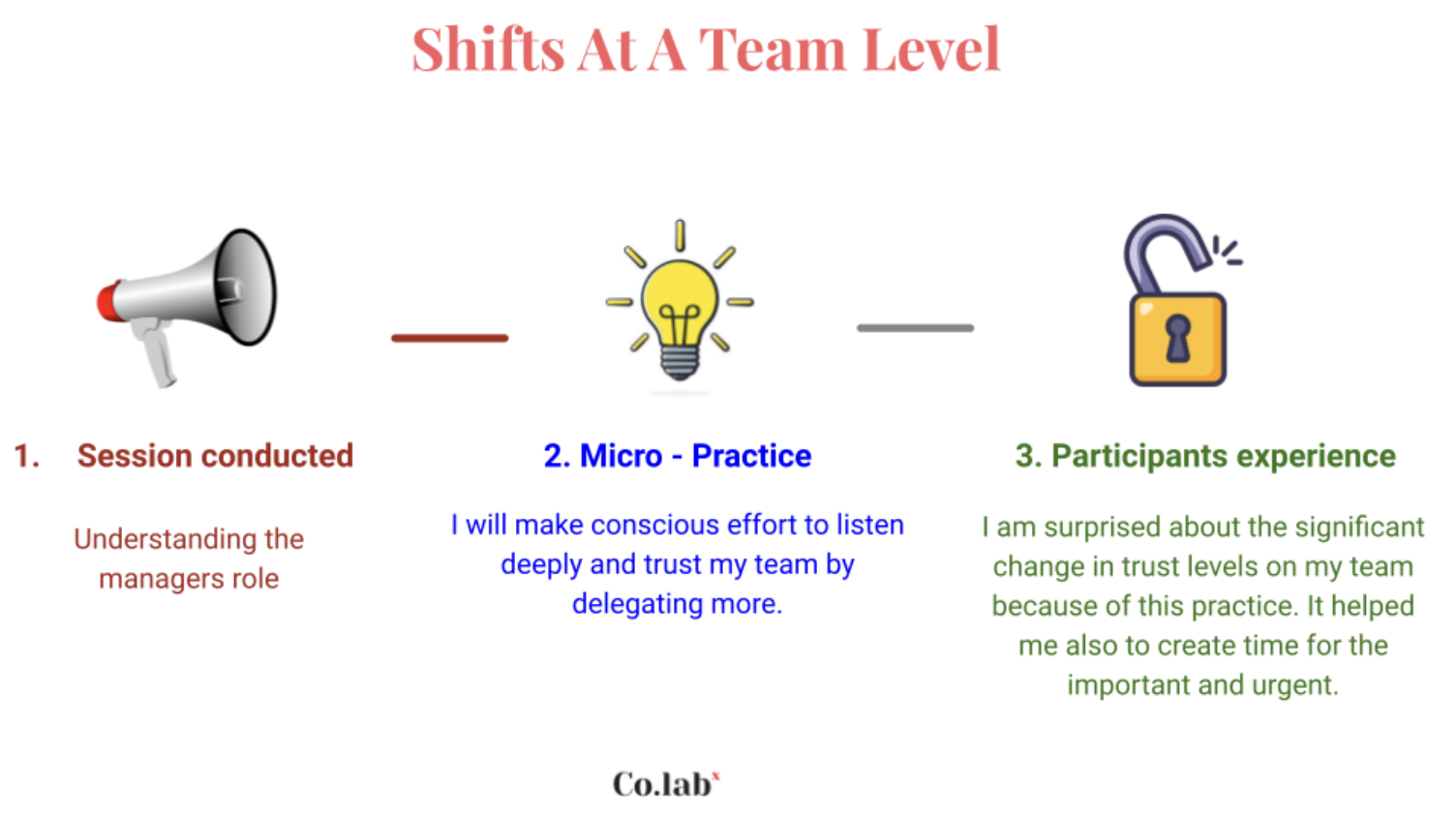
3. Organisation level :
Here are 2 significant shifts that showed up in the org from the baseline and end line👇
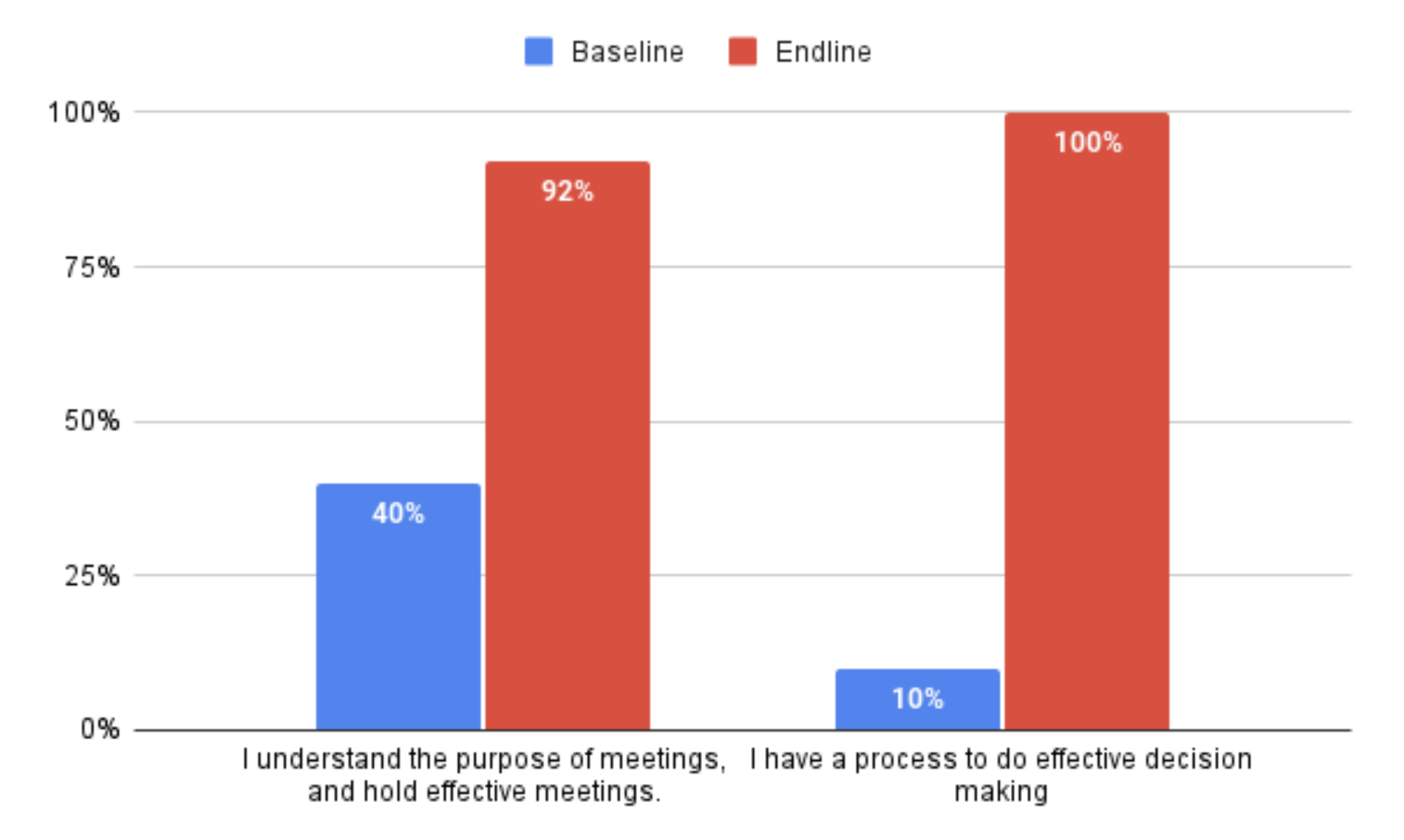
1. Quality of the meetings -Improved massively across the organisation. This saves a lot of human-hours. People rather than getting stuck in meetings are getting critical things done
2. Decision-making – People felt confident that they had the right tools and processes which enabled them to make quick and effective decisions. To our surprise, the jump in this was a significant 90%.
Take a moment to let this sink in.
Imagine the impact of better meetings and better decision-making on your organisation.
What did we learn from this process?
We identified five crucial pillars for its success:
1. High-quality actionable content is important but not enough.
2. The repeatable micro-practices are the deal breaker.
3. Even the best sometimes require timely nudges to stay on track.
4. A support and accountability system helps.(Managers & co.labx team)
5. Don’t underestimate the closure and reflection to consolidate learning.
That’s it for today! I hope Chapter 2 provided food for thought for your team and organisation.
Before signing off, we have a request to you
If you are interested in bringing your team together in the sports field and don’t know how, let’s chat here , we will be more than happy to help 🙂
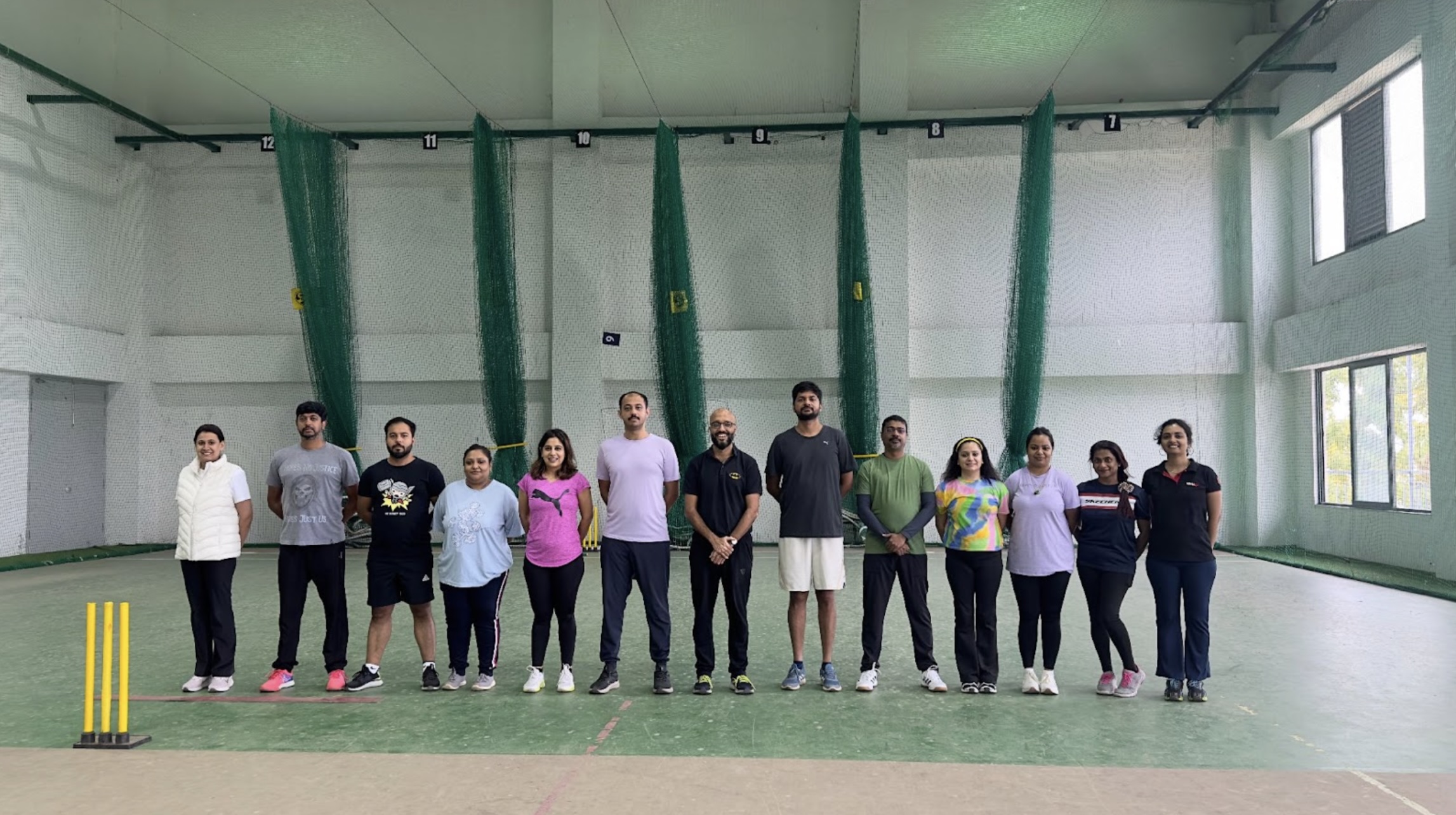
The Diary of a Coach
Diary of a Coach is a monthly newsletter sharing lessons in leadership and organisational development by people who are actively championing this work with various organisations.